Biology The Study of Life: Part 2 (What is Life?)
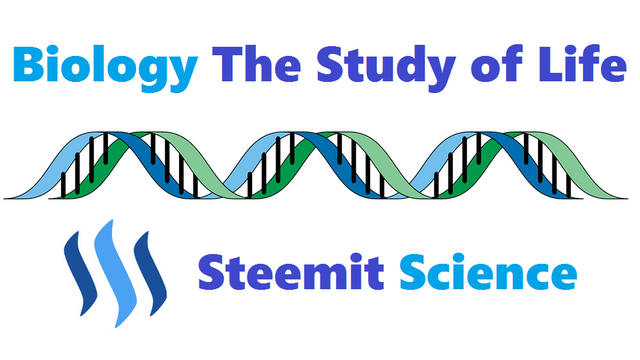
Introduction
This informative series of posts will explore modern biology; the fundamental principles of how living systems work. This material will always be presented at the level of a first-year college biology course, without assuming any prior background in biology or science. It also presents material in a conceptual format. Emphasizing the importance of broad, unifying principles, facts and details in the context of developing an overarching framework. Finally, the series takes a historical approach wherever possible. Explaining how key experiments and observations led to our current state of knowledge and introducing many of the people responsible for creating the modern science of biology.
In this post, we examine the need for a general overview of biology and ask some questions about the nature of life and the origin of living things.
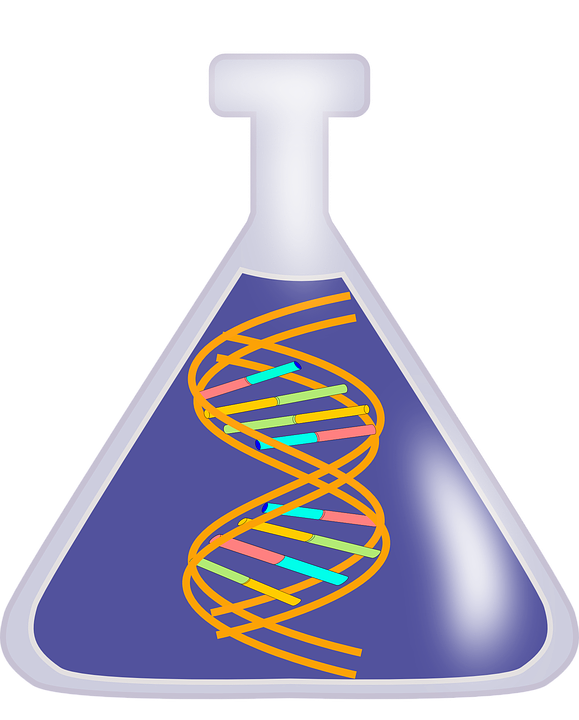
In considering the origin of life, we explore the origins of the universe and the Earth itself and investigate the necessary conditions for life. We will describe an experiment performed by Stanley Miller in 1953, which demonstrated that organic molecules can be created spontaneously under conditions simulating those occurring on the primordial Earth several billion years ago. The post will concludes by outlining the remainder of the series in terms of three major principles (Information and Evolution, Development and Homeostasis, and Energy and Resources) that provide an overarching view of living systems at various hierarchical levels.
This quote is a good description of biology’s situation at the beginning of the 21st century.
“The science of biology has enormously expanded. Our realization of the nature of life, our knowledge of its processes, has been changed, deepened, and intensified. A great and growing volume of facts about life as it goes on about us and within us becomes available for practical application. This new material is still imperfectly accessible to ordinary busy people. It is embodied in scientific publications, in a multitude of books; it is expressed in technical terms that have still to be translated into ordinary language; it is mixed up with masses of controversial matter, and with unsound and pretentious publication. In the care of his health and the conduct of his life, the ordinary man draws far less confidently upon the resources of biology than he might do. He is unavoidably ignorant of much that is established and reasonably suspicious of much that he hears.”
However, this is not commentary on our current situation, it was written almost 75 years ago by H. G. Wells, in his book The Science of Life.
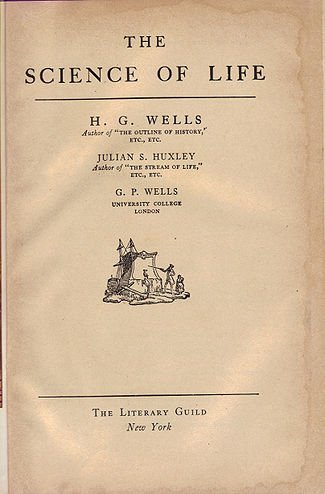
As with his Outline of History, Wells intended The Science of Life to be read by “ordinary busy people” from all walks of life. Wells felt it was imperative that laypersons be educated about important basic biology and new developments, but he realized that the volume of scientific information was too great for most people to sift through. The amount of biological information has increased significantly since Wells wrote The Science of Life, making it even more difficult for the layperson to gain knowledge.
Examining the origins of living things helps define life and is, therefore, the area that is studied by biology.

Definitions of life are elusive because many properties of living things (for example, movement, orderliness, or energy use) also occur occasionally in “non-living” things. Wind moves, crystals grow, and fire uses energy, but we do not consider these to be alive.
Though life developed relatively late in Earth’s history, the origins of Earth and the universe are important to fully understanding it.
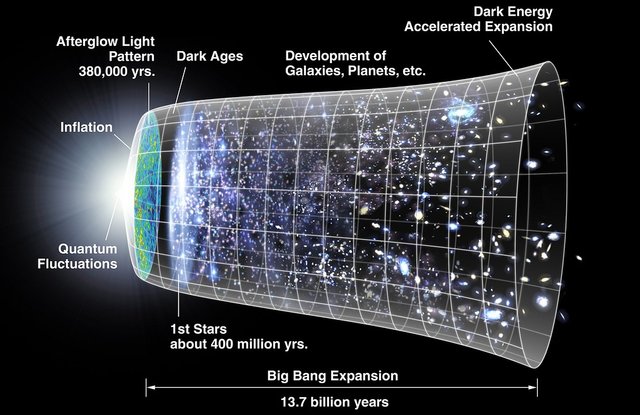
The universe is between 10 and 20 billion years old and began at a moment called the Big Bang. Our Sun is about 5 billion years old. The Earth, which was formed from an accumulation of cosmic dust, is about 4.6 billion years old. The early Earth, shortly after its formation about 4.6 billion years ago, was an inhospitable place that could not have supported “life” by any definition we might use today. However, 3.5 billion years ago (approximately 1 billion years after its formation), the Earth was teeming with life in the form of organisms that resemble modern-day bacteria. This development is extremely fast, especially considering that the molten Earth needed half a billion years to cool enough to form a solid rock surface.
Some biologists now think that there is evidence for life even earlier, at about 4 billion years ago.
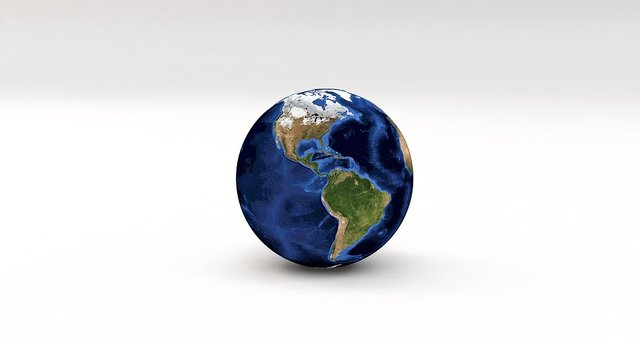
In any case, life appeared on Earth as soon as it was possible. Most scientists now think that life arose spontaneously from non-living matter. Many religions believe that life was bestowed on non-living Earth by a deity. Some scientists suggest the panspermia hypothesis, which says that the original life on Earth arrived here from another planet. Both of these alternatives, however, ignore the question of how living matter could emerge from non-living matter.
The most fundamental, most essential property of life is a dependence on organic chemistry, a chemistry based on organic compounds (chemical compounds built around carbon).
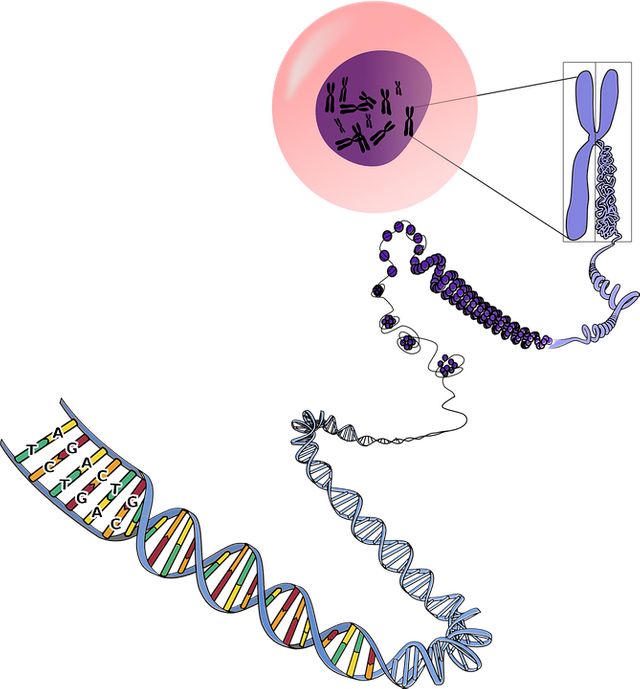
There are four general classes of organic compounds:
- Amino acids are the building blocks of proteins.
- Nucleic acids include DNA and RNA.
- Carbohydrates include sugar, starch, and cellulose (wood fiber).
- Lipids include fats and hormones.
Organic compounds have complex properties as compared to inorganic compounds. The first step toward the origin of life must involve the formation of organic compounds from inorganic ones. However, organic compounds are generally produced only by living things. As far as we know, the early Earth was entirely inorganic.
A now-classic experiment by Stanley Miller in 1953 demonstrated that it is possible to synthesize many organic compounds under conditions simulating those thought to have prevailed on the early Earth.
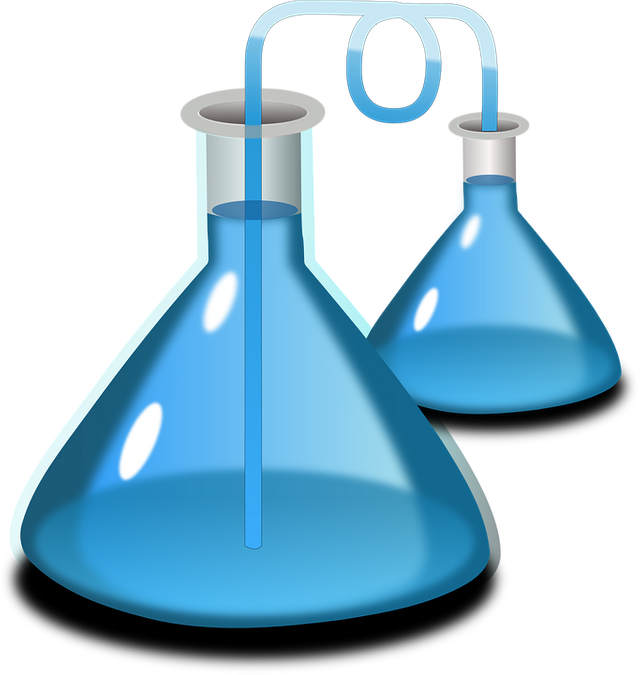
For many years, scientists speculated about the possibility of spontaneously generating organic compounds. Earth’s current atmosphere is largely made up of nitrogen and oxygen. Because oxygen tends to break down organic molecules, spontaneous generation of organic compounds is impossible today. In the 1920s, Alexander Oparin and J. B. S. Haldane suggested that Earth’s early atmosphere had little oxygen, that it was composed primarily of hydrogen, methane, and ammonia. This composition would be conducive to spontaneous production of organic molecules.
Stanley Miller tried to reproduce early Earth conditions with an apparatus that used heated water in one flask (the “ocean”) and another flask (the “atmosphere”) that contained hydrogen, methane, ammonia, and water vapor. Miller also exposed the gases in the “atmosphere” to electrical energy to mimic lightning, volcanism, and ultraviolet radiation. Within a few days, Miller’s apparatus had synthesized a wide range of organic compounds, including such complex ones as amino and nucleic acids. Research following Miller’s original experiment has shown that all major classes of organic compounds can be synthesized under early Earth conditions. Miller continued his research until his death in 2007.
However, molecules synthesized this way are still rather simple compared to the compounds that make up living things.
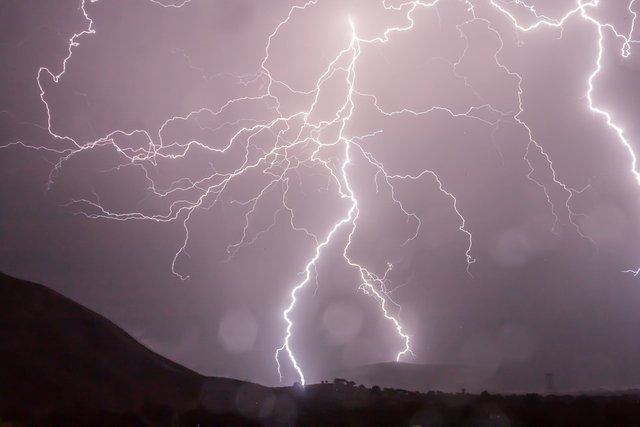
In addition to the ability to synthesize more complex compounds, three additional things are required to create life:
- We need to be able to make more of any compound at any time, without relying on random chemistry, which may not produce the same compound every time.
- We need a method of combining and organizing compounds into larger functional units.
- We need to find a way to accumulate and store energy, because living things do not rely on lightning or volcanism to power themselves.
Another characteristic of living systems is that they are organized in a hierarchical fashion, from molecules to cells to organisms to communities of species to ecosystems.
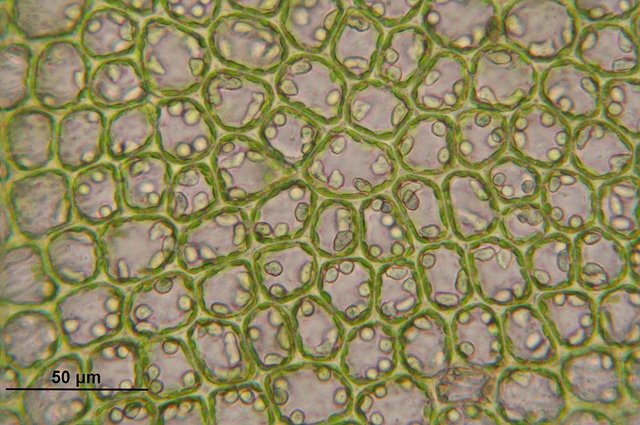
At the same time, three unifying principles that cut across all levels of organization form a useful way to look at systems as a whole. The first principle is Information and Evolution, which explores how the structure and organization of living things is encoded in the DNA molecule, how this information is transmitted and modified, and the implications of these processes for understanding life at all scales of organization.
The second principle is Development and Homeostasis which considers two related issues for understanding the workings of complex organisms: how single cells (i.e., fertilized eggs) proliferate and transform into complex, multicellular organisms and how the various parts of complex organisms remain coordinated and maintain their integrity in the face of various challenges.
The third principle is Energy and Resources, which explains how living systems obtain the energy and other materials needed to maintain their highly ordered state and the implications of these processes for understanding the organization of biology at all levels of scale. This principle is especially interesting because it dictates the structure of all levels of organization.
END PART 2
BIOLOGY THE STUDY OF LIFE:
PART 1 INTRODUCTION
PART 2 WHAT IS LIFE
PART 3 ORIGIN OF LIFE

 or
or  @pjheinz
@pjheinzImage Credits:
ALL IMAGES UNLESS NOTED - Pixabay
CC0 Public Domain
Free for commercial use
No attribution required
Promising series of post. I am looking forward to read the rest! :)
Thanks @lemouth, I hope this is a topic that people enjoy learning and using in their own lives.